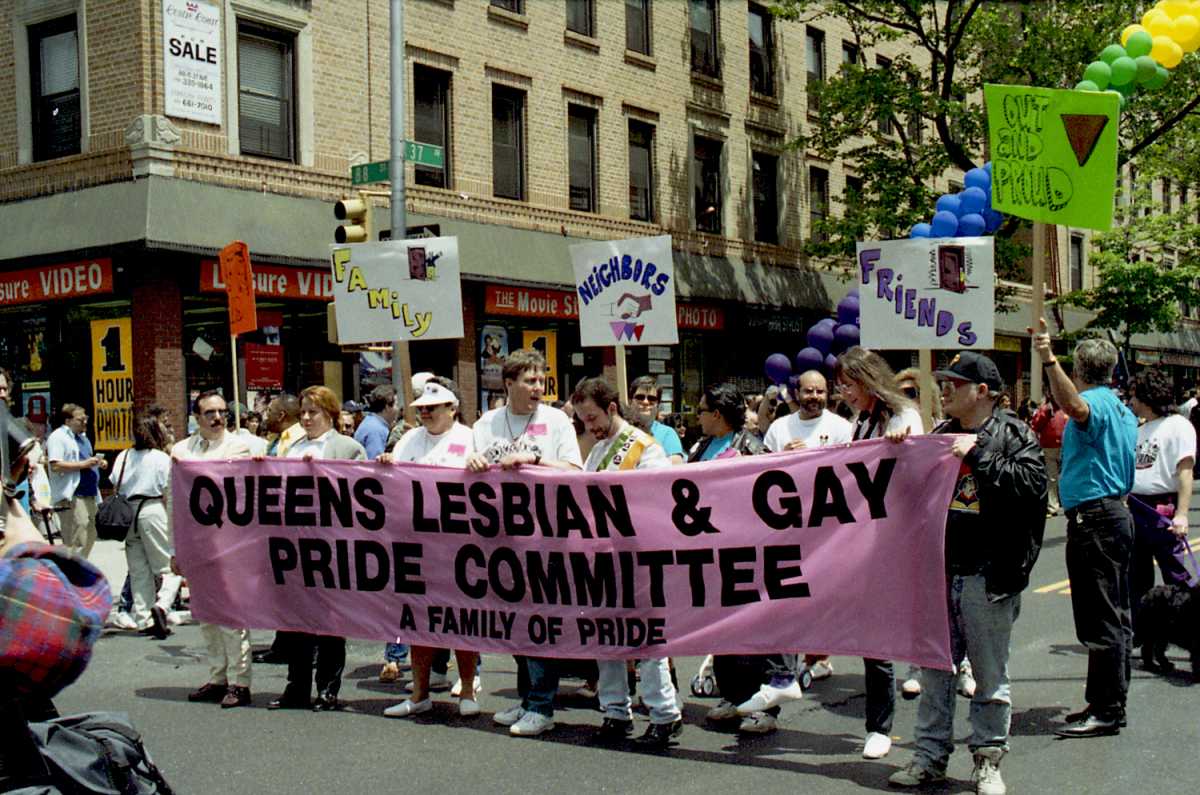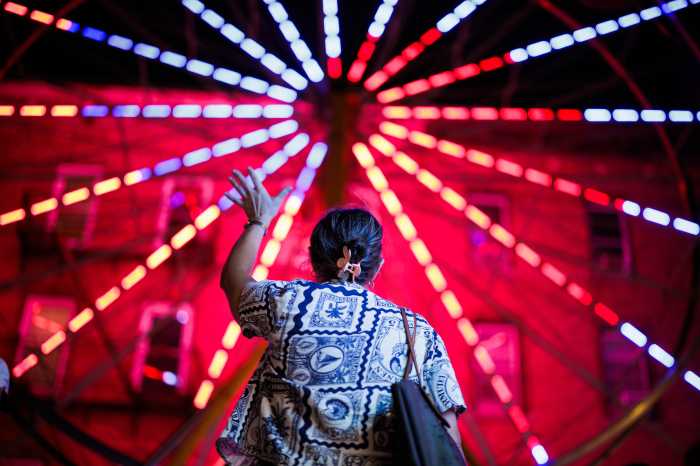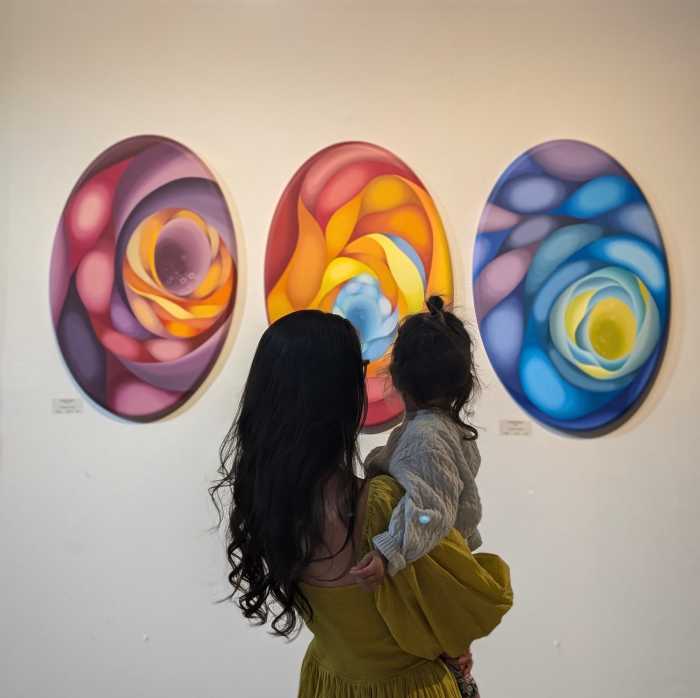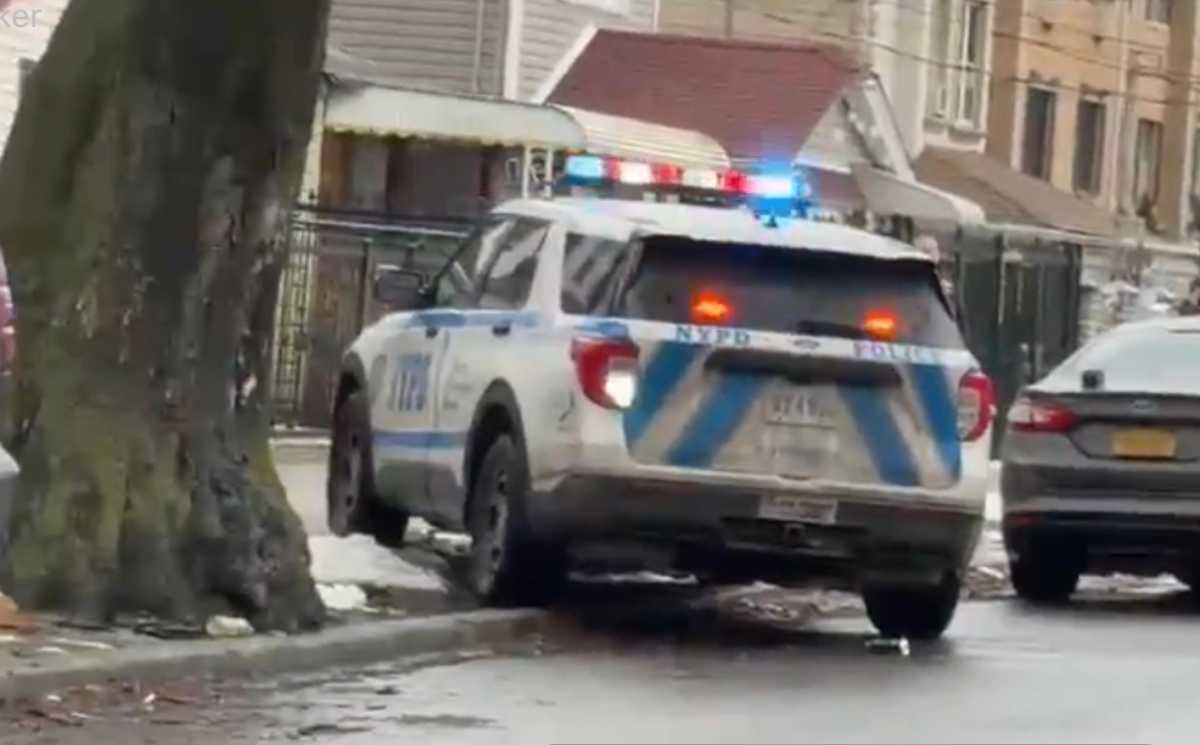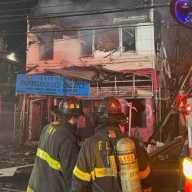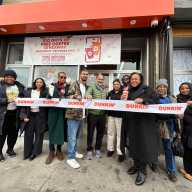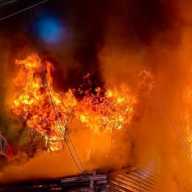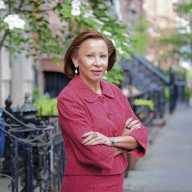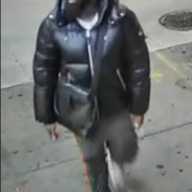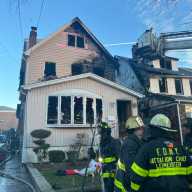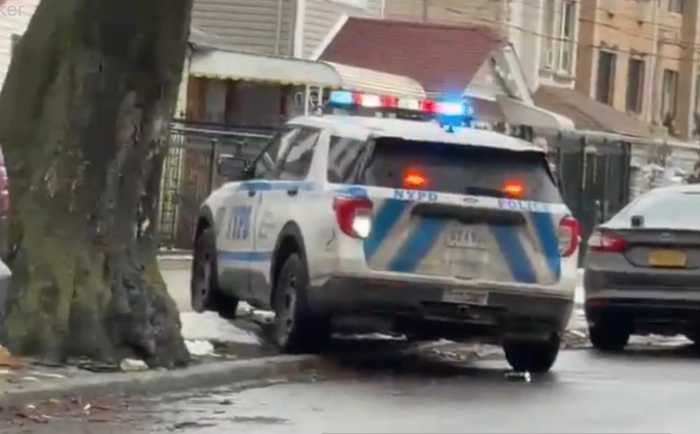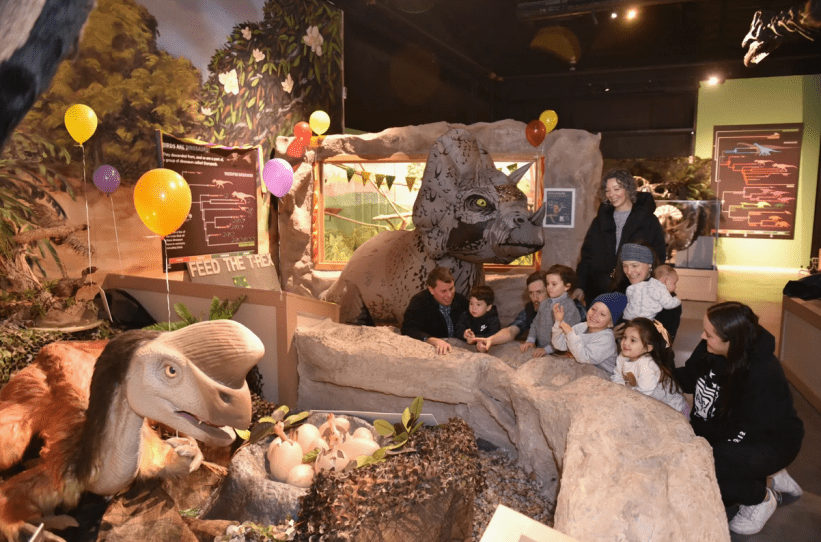A new exhibit at the Queens Museum will explore the long and rich history of pride and protest in the borough’s LGBTQ community.
“The Lavender Line: Coming Out in Queens” will open on June 9 at the Queens Museum until July 30. Working with LaGuardia Community College faculty and students, the exhibit will provide an inside look at decades of activism within the LGBTQ community in Queens.
According to Dr. Richard Lieberman, historian and director of LaGuardia Community College and Wagner Archives, the exhibit aims to showcase the work that Queens residents and activists did to celebrate and also fight for equal rights for LGBTQ residents.
“As a historian I’ve been committed to telling the history of New York that nobody knows about and there is a part of New York’s history, the LGBTQ community in Queens, that no one really knows about except people in the community.”
Lieberman, along with LaGuardia faculty Thierry Gourjon and Javier Larenas, poured through about 3,000 photographs provided by Councilman Daniel Dromm that documented the beginnings of the Queens Pride Parade.
Dromm, who was deeply affected by the 1990 murder of Jackson Heights resident Julio Rivera, helped the curators not only by providing photographs but by clarifying important facts and explaining the history of activism in the borough. The councilman established Queens Pride in 1992 to honor Rivera’s legacy, who was beaten with a hammer and stabbed by three men for being gay.
“Danny was a huge resource,” Lieberman said. “We couldn’t have done this without him. He stepped back and let us do what we wanted to do and we went to him for factual [information] and he was always there for us.”
Dromm said he tried to establish an exhibition on the 25th anniversary of the Stonewall Riots in 1994 but realized that there were very little artifacts highlighting Queens’ contribution to the movement. This time, he was able to donate about 20 boxes of artifacts, buttons and paraphernalia.
“There was very little on any Queens LGBT movements,” he said. “Invisibility has always been our biggest enemy and I didn’t want us to ever be invisible again.”
Curators whittled down the collection of photographs to about 150 that document the beginnings of the Queens Pride Parade and the exhibit also tells the story of the Children of the Rainbow curriculum.
The curriculum, written by New York City public school teachers and administrators and introduced in 1992, would teach first graders to respect different nationalities and introduce them to other cultures through songs, games and other activities.
It also featured a section about including references to gays and lesbians, which angered parents and school board members. Mary Cummins, a member of Queens School Board District 24, was extremely vocal in her opposition. Dromm was a teacher at P.S. 122 in Sunnyside at the time the curriculum was being discussed and decided then to publicly come out.
In addition to old photographs, students at LaGuardia Community College visited gay bars and prominent groups and organizations that are active in the LGBTQ community in Jackson Heights and beyond, to tell a more recent story of pride and protest in the borough.
Councilman Jimmy Van Bramer, who is also gay and has a history of fighting for LGBTQ rights in Queens, provided photos from marches that took place at St. John’s University. There is audio of him being interview during the 1992 parade and an app people can download to experience an oral history of people being interviewed about their involvement in the parade. The banner that is carried at the Queens Pride Parade is also showcased.
Lieberman said the photographs, videos and artifacts prove that Greenwich Village is not the only neighborhood people should be referencing when they think about the LGBTQ movement in New York City.
“You can ask anyone in the city or country [about the gay rights movement and] they’ll tell you about Greenwich Village or Manhattan and nobody, nobody talks about Queens,” he said.
He urged people to “expand your vision, expand your horizon, expand your sense of history.”
“There is a strong community in Queens that has been filled with pride and protest and this exhibit opens the discussion,” he added. “New York City history, let’s broaden it and include a fabulous community right across the river. I would say it’s been overlooked and were saying, ‘Ok, enough is enough, we can’t overlook it anymore.'”
After July 30, curators will work with the CUNY schools in Queens to present the exhibit at their respective galleries. Dromm said it’s one of the most important aspects of the project because “that’s going to send a clear message that there was a history to the movement in Queens.”
He added that in 2009, five Queens senators voted against marriage equality and he, along with other activists worked for three years to flip each vote.
“We didn’t just wake up one day and get marriage equality,” he said. “[This exhibit] ddocuments a lot of that work that made that possible.”

